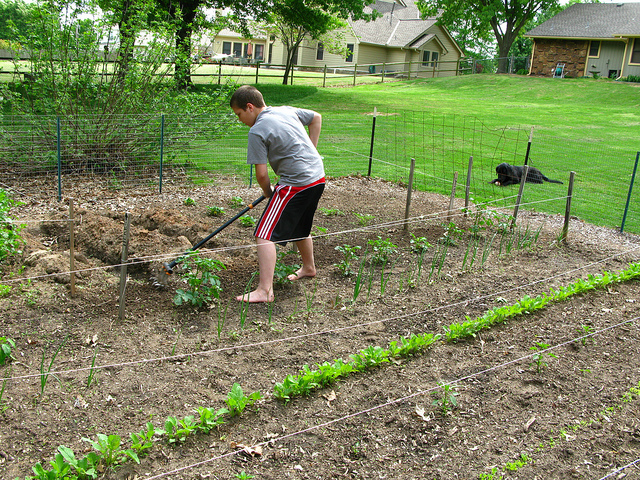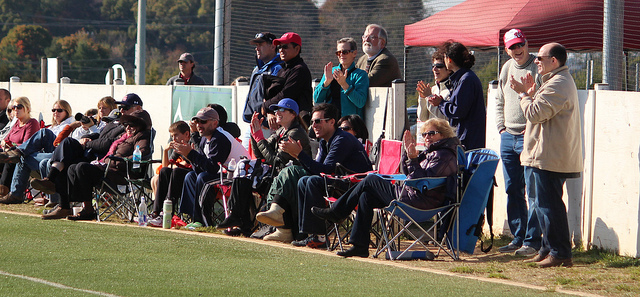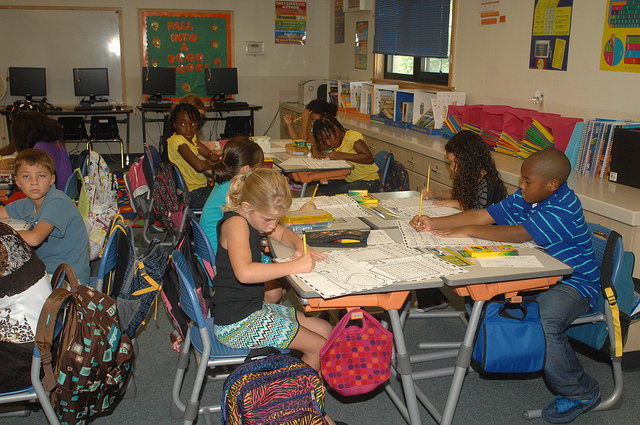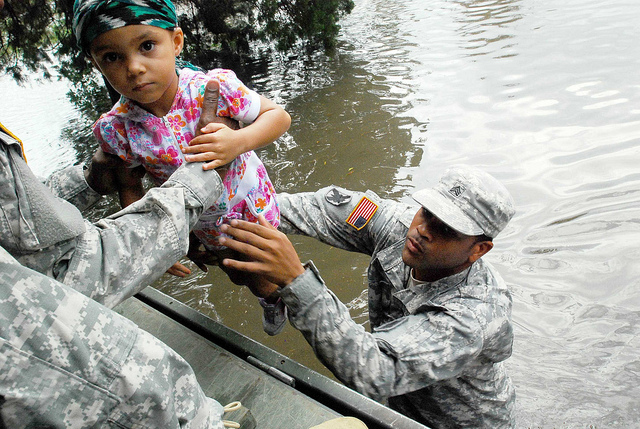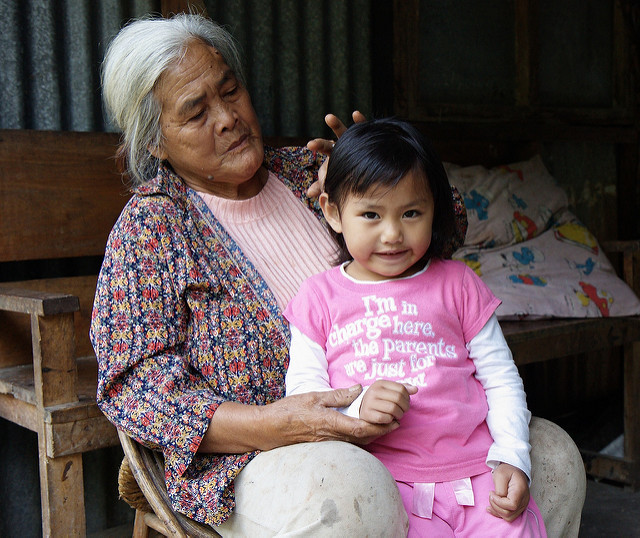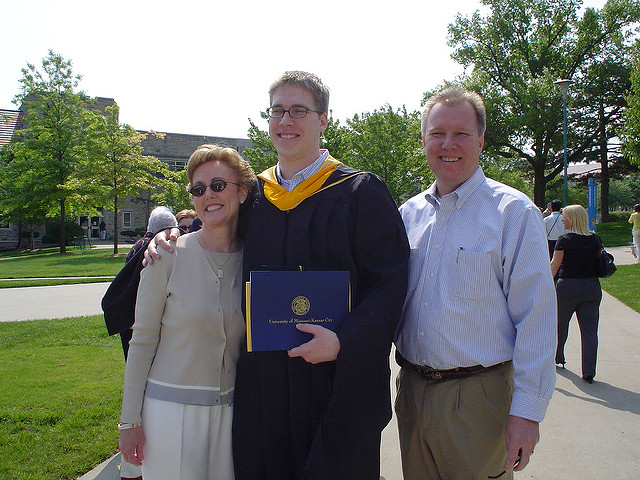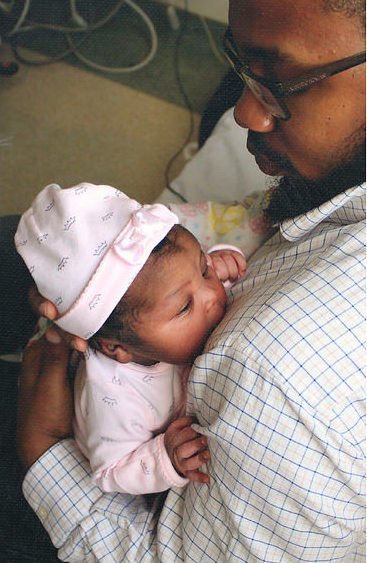
Since the turn of the millennium, Americans over 55 have been giving more financial help to their adult children than ever before, with much of this assistance going to support things like their grandchildren’s education, living expenses, and medical bills. However, this growth in intergenerational giving has forced many grandparents to tap into their own savings to pay it forward.
In an interview for The Atlantic, sociologist Kathleen Gerson explains that sometimes grandparents provide help to the younger generations, even if doing so comes at a cost to themselves.
“Financial managers advise the elderly to hold on to the money they’ve saved, to use it to care for themselves in old age, to avoid becoming the responsibility of their children”… But many grandparents have a hard time listening to this advice, she said, because they can see that their children and grandchildren are even more financially insecure than they are.”
Robust social programs benefiting senior citizens, like Social Security, likely provide a sense of economic security that makes them feel capable of giving. Yet, while the social safety net has all but eliminated poverty among the elderly, dwindling support for social programs supporting children and families has left children in a more precarious position than their elders. As a result, Gerson explains, grandparents across the United States are “stepping into the void” to provide for the younger generations.
Giving money serves two functions, Gerson said—it’s “a way of expressing love,” and a way to help ensure “that your children’s children will have a decent spot in the world.”
But not all grandparents bear an equal burden in supporting the youngest generation. African American and Latino grandparents are more likely than white grandparents to spend money on schooling, to help out with living expenses, and to indulge their grandchildren when they ask for things. And, working and middle class Baby Boomers are more likely than wealthier peers to tap into their own savings or delay retirement.
Because grandparents are unequally equipped to provide financial support, doing so takes a greater personal toll on some than on others. Paradoxically, if we want to improve seniors’ quality of life in their golden years, an effective way to do it is by bolstering social programs to prevent poverty among the young.

